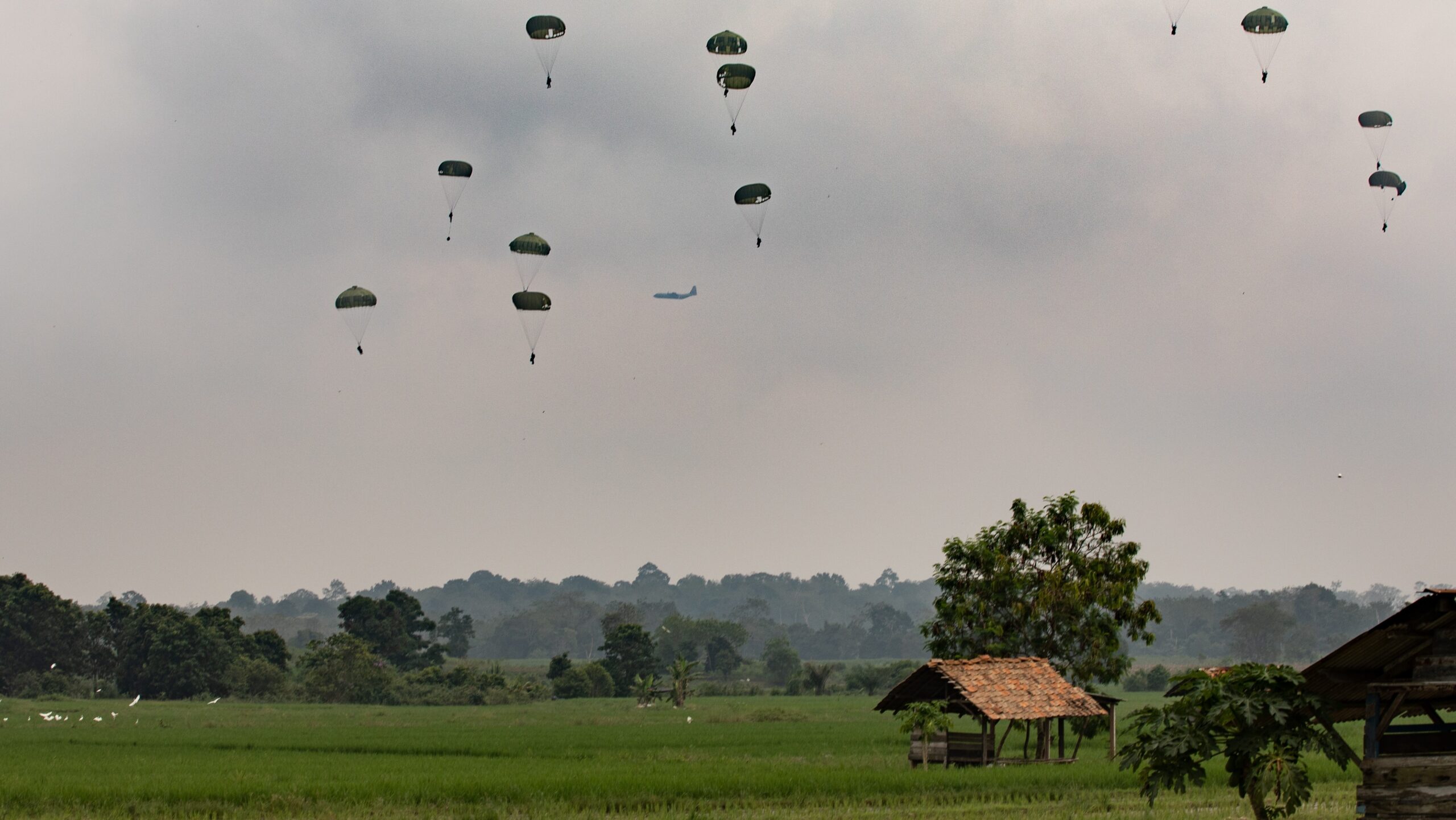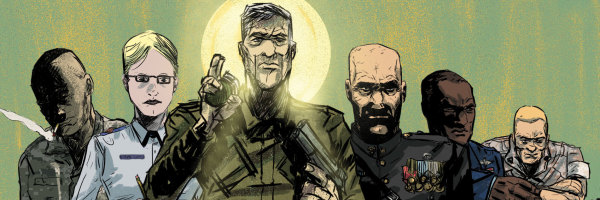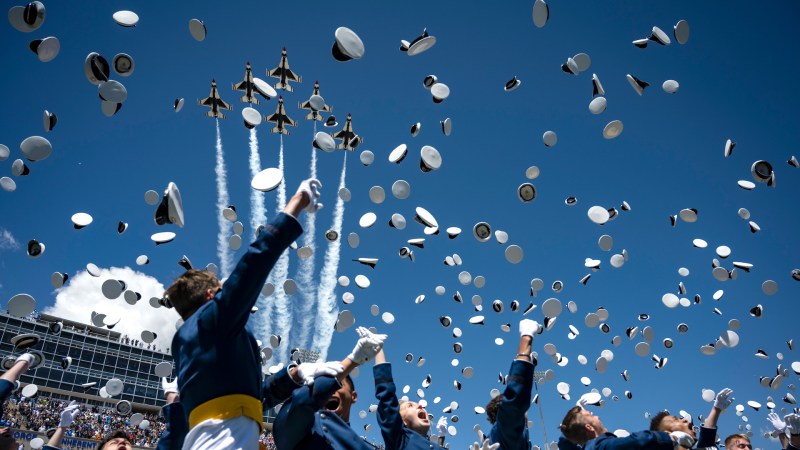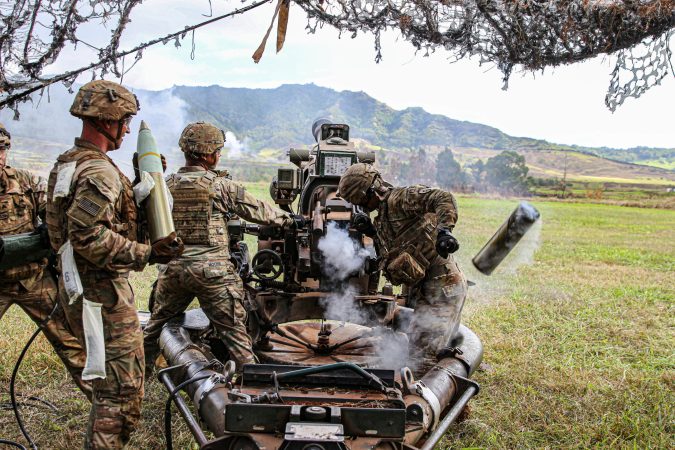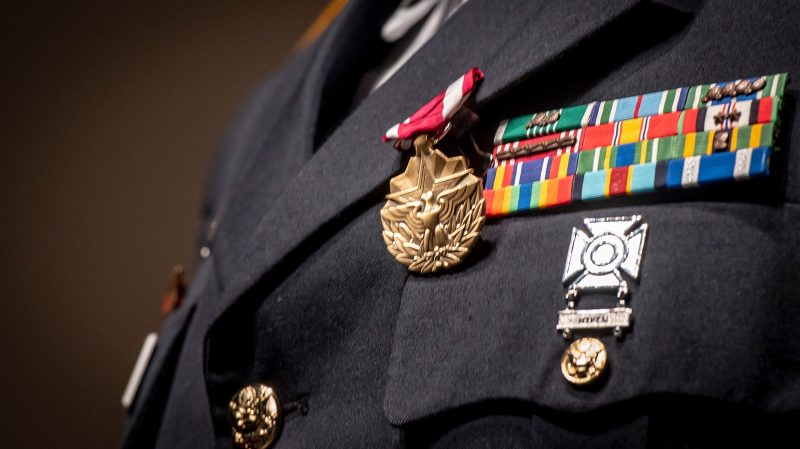Operation names. Whether you’re a civilian, veteran or active-duty service member, you’ve encountered them. Some are burned into history — Operation Overlord aka D-Day for instance — while others are known only to the units sent on them as part of a larger conflict. But they end up in reports, in commendations and inform future operations. And its these smaller ones that can get weird.
And we mean weird.
Operation Centaur Fast Gas. Operation Toenails. Operation Juniper Micron. Soda Mountain. Panther Squeeze. Warhorse Whirlwind. Wolfpack Crunch. These are all real operations, spanning World War II to the modern Global War on Terror.
Let’s be clear, these are some Mad Libs-level names. They might not have the Greek mythology allusions of a Robert Ludlum book title, but these are an odd assortment of words strung together. Sometimes the military tries for bigger, grandiose ideas, like Operation Iraqi Freedom, which is pretty blunt. Other times the names are more assertions of power, such as the various ones that start with “iron.” Other times they truly are nonsensical. There is a reason for that.
Naming military operations is really a 20th Century invention, started in World War I but something that became widespread in the lead up to World War II. Eventually they needed to sound less specific, to avoid signifying how important a mission might be. But early on they were mostly one-word names, with striking titles. As with Overlord, there were operations such as Brutus, Pointblank, Aflame and even Batman.
Subscribe to Task & Purpose Today. Get the latest military news, entertainment, and gear in your inbox daily.
After the Vietnam War the Department of Defense created the Code Word Nickname and Exercise Term System, AKA NICKA. That creates a system for operation nicknames, along with preventing any repeats, explaining why some names are getting weirder and also labeled “II” or “III.” NICKA creates specific prompts based on the service, with letters assigned, leaving it to commanders to come up with names that fit the requirements. That basically leaves a lot of leeway for commanders on the ground, and is essentially dependent on their imagination. This might explain missions such as Operation Grizzly Forced Entry and Operation Tangerine Squeeze.
The names might not be as important as what the actual missions are, but there are some levels of seriousness. The mission to capture Saddam Hussein, for instance, was Red Dawn. Still not overly obvious but a more recognizable two-word phrase than the various Centaur ones.
So you tell us, what’s the strangest name for an operation you served in? Did anyone question why it called that? Send your weirdest ones to nicholas@taskandpurpose.com.
The latest on Task & Purpose
- Meet the best-trained team of divers in the Army
- These are the best (and most absurd) unit patches in the US military
- What the military’s ‘missing man table’ is and what it means
- Sailors swindled out of thousands of dollars in Tinder scam
- Someone turned a Peugeot convertible into a battle buggy in Ukraine
Want to write for Task & Purpose? Click here. Or check out the latest stories on our homepage.

